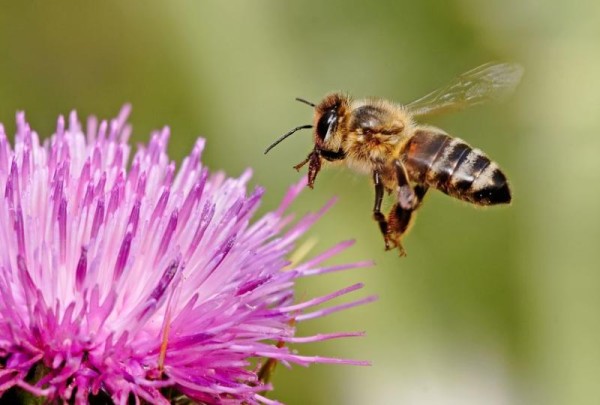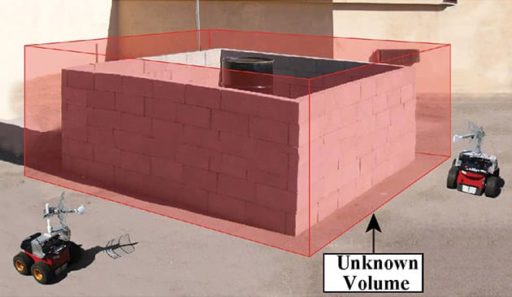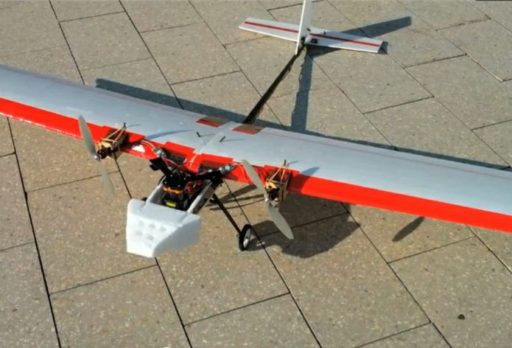Scientists from the Universities of Sheffield and Sussex have taken an ambitious project to build an autonomous flying robot that can sense and act like a honey bee. And to accomplish this, the team is bidding to install an artificial brain model of a bee inside the robot.
The project is called Green Brain. The Green Brain team members aren’t trying to recreate all of a bee’s mental processes; rather they’re focusing on the systems that control its vision and sense of smell. The team members are using high-performance GPU (Graphics Processing Unit) accelerators from Nvidia as processing units. Engineering and Physical Sciences Research Council (EPSRC) and NVIDIA Corporation has donated £1 million (USD $1,614,700) to the project.
Dr Thomas Nowotny, the leader of the Sussex team explained, “Using Nvidia’s massively parallel GPU accelerators for brain models is an important goal of the project as they allow us to build faster models than ever before. We expect that in many areas of science this technology will eventually replace the classic supercomputers we use today.”
But what’s the point of having a bee-brained flying robot? Well, it is hoped that the autonomous robots could be used to trace odors or gases to their sources. It could even be used in search-and-rescue operations, environmental monitoring, finding pollination of crops etc.
Dr. James Marshall, the leader of the Green Brain project, said, “The development of an artificial brain is one of the greatest challenges in Artificial Intelligence. So far, researchers have typically studied brains such as those of rats, monkeys, and humans, but actually ‘simpler’ organisms such as social insects have surprisingly advanced cognitive abilities. Because the honey bee brain is smaller and more accessible than any vertebrate brain, we hope to eventually be able to produce an accurate and complete model that we can test within a flying robot.”
Because a honey bee’s brain is smaller and more accessible than larger animals, researchers hope that they will be able to build a complete and accurate model. They also believe that they’ll be able to understand bees’ behavior better. If the project proves to be successful, the team may gain some insight into why honey bee populations are falling. Besides, it could not only lead to an autonomous honey bee robot, but could also advance other brain modeling projects.
Dr. Nowotny said, “Not only will this pave the way for many future advances in autonomous flying robots, but we also believe the computer modelling techniques we will be using will be widely useful to other brain modelling and computational neuroscience projects.”
Source : University of Sheffield
Thanks To : TGDaily
[ttjad keyword=”graphics-cards”]




